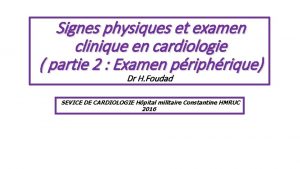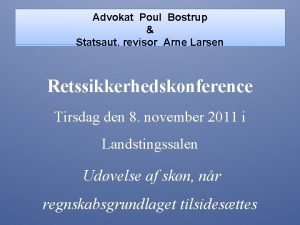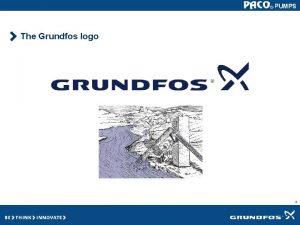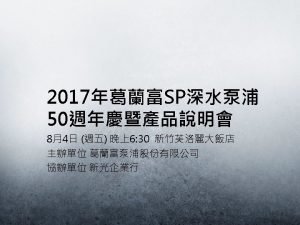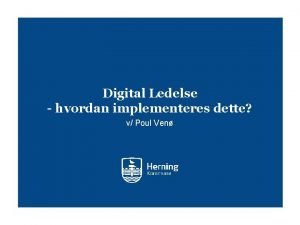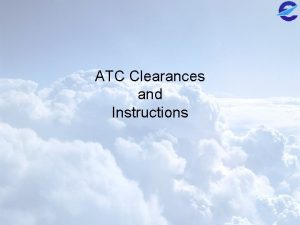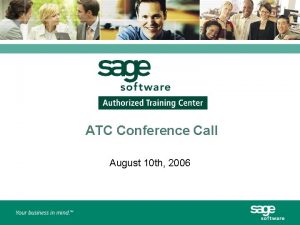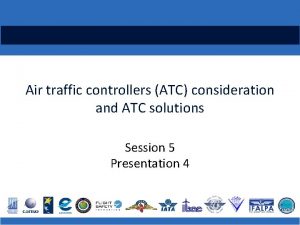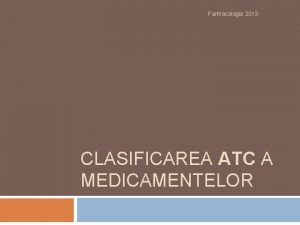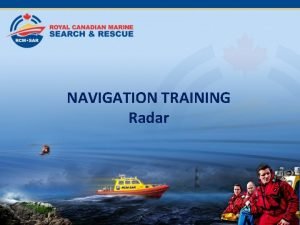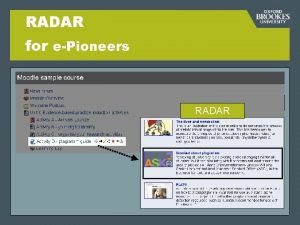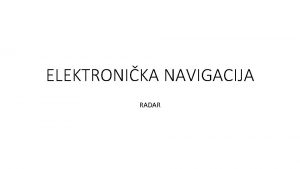Primary Radar in ATC ITU Radar Seminar Poul












- Slides: 12

Primary Radar in ATC ITU Radar Seminar Poul Erik Jørgensen DAS ATS HMI Manager 24. September 2005

Introduction Before primary radars was introduced the controller was using paper strips and procedural Separation for Air Traffic, i. e. 10 to 15 minutes between the flights. Obviously the capacity was low! 2

First Primary Radars With the introduction of Primary Radars in the 50’s and early 60’s the controller could control traffic with a separation of 10 to 15 NM. Paper strips still used. Capacity increased. 3

Correlation Australia: Sticky shrimp boats UK: Horizontal displays for shrimp boats. Capacity increased again as the controller didn’t have to memorise the traffic. 4

Controlling the traffic Controller working with paper strips and Primary Radar. 5

Controlling the traffic Controllers working with Paper strips and combined Primary and Secondary Radars. Flight Data processing allows for automatic correlations of Flight Plans and radar tracks. Separation of 5 to 10 NM in en-route and 3 to 5 NM in TMA. The capacity increases. Such systems are still in use today. 6

Modern System Modern system with Combined primary and SSR radars and Flight Plan System which correlate automatically. 7

Modern System has advanced functionality to support the controllers. Electronic interface to update the system. No paper strips. 8

Where is primary radar used today? 1. En-route control. 2. Terminal Area (TMA) control. 3. Ground control. 9

How is primary radar used today? • En-route/TMA: 1. Complement SSR. No Transponder, Transponder U/S, Safety (Intruders) 2. Back-up for SSR radar failure 3. Weather. Display of severe weather to the controller • Ground Advanced systems are used today to control traffic on the ground. • Shared with military 10

Radar degradation 1. Increased workload/stress. 2. Safety issue. 3. Reduced capacity. 11

Conclusion The Primary Radar is very important for the provision of ATC as a part of the overall system to be able to maintain the safe and orderly flow of Air Traffic. Therefore Primary Radar is required in the EUROCONTROL long term strategy. 12
